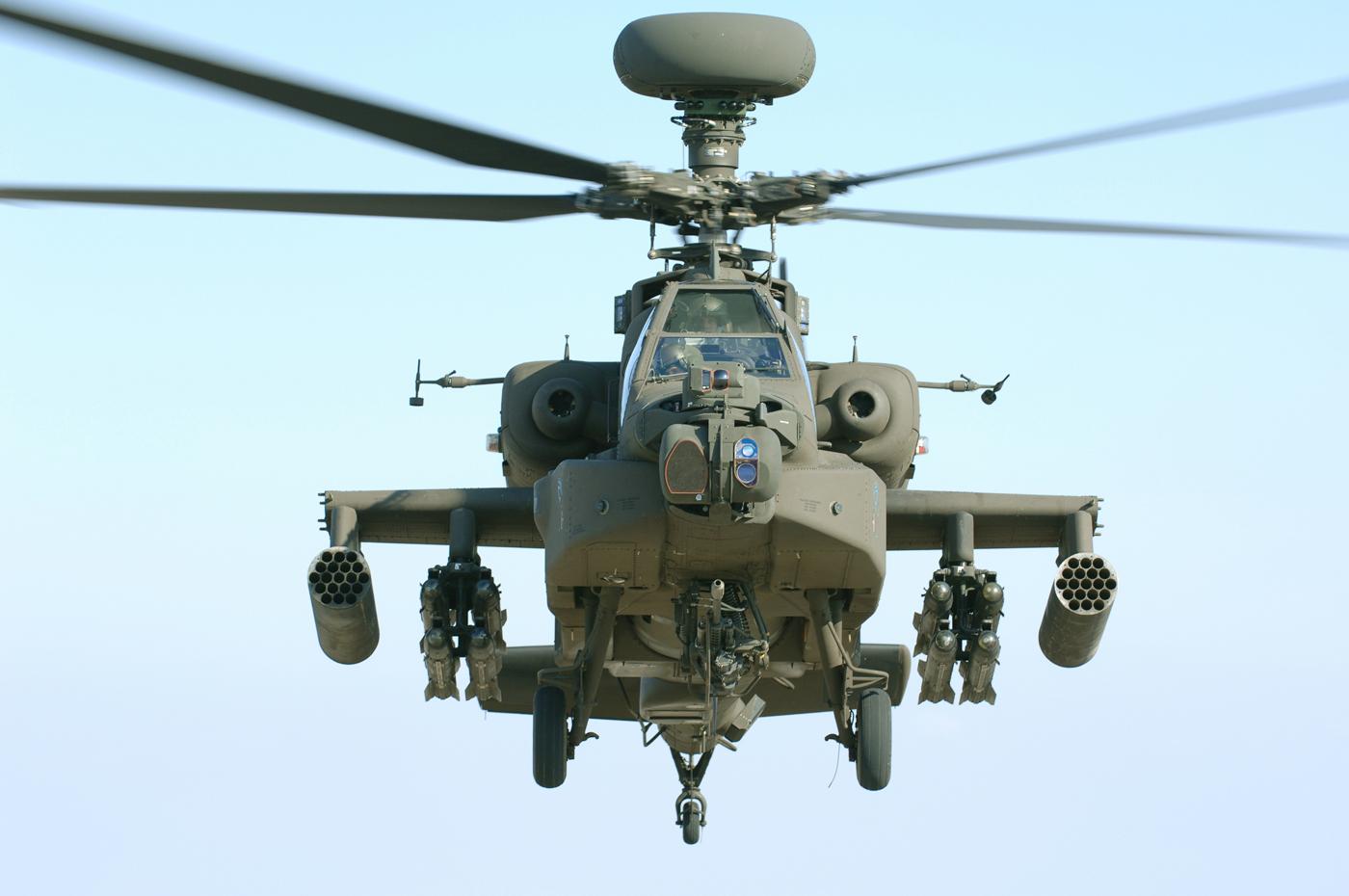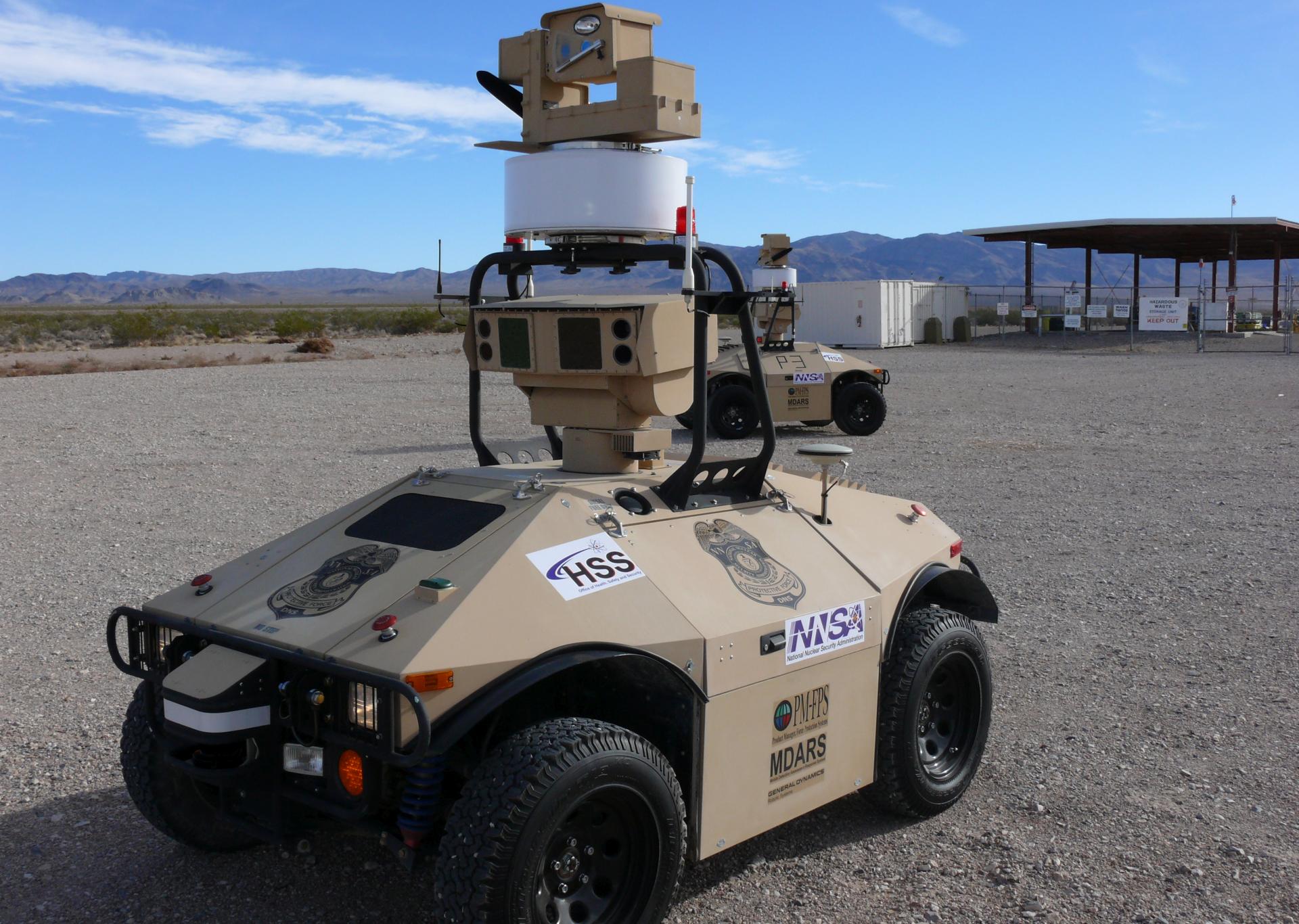U.S. Army and Israeli scientists are conducting testing and research on active flow control devices as a means to reduce drag on future Army aircraft.
The Suction and Oscillatory Blowing Actuator, or SaOB, invented by Israeli scientist, Dr. Avraham Seifert of Tel Aviv University, uses the active control of airflow to reduce drag. Testing of the SaOB device is being conducted at the U.S. Army Aviation and Missile Research, Development and Engineering Center’s Aeroflightdynamics Directorate, or AFDD, at Moffet Field, California.
A U.S./Israel rotorcraft project agreement allows the two countries to share in the research and development of many projects, including the SAOB actuator.
“Just like a boat makes a wake through water, a helicopter fuselage plows an invisible wake through the air,” AFDD engineer Jacob Wilson said. “If we reduce that wake, we essentially make a more aerodynamic vehicle. The SaOB actuator works by adding energy to air just above a surface, helping it flow cleanly around.”
Wilson said the SaOB is designed to send compressed air to the aircraft surfaces where they interface with the airflow over the aircraft. This compressed air flows through a supersonic ejector nozzle with a fluidic amplifier, creating one device with no moving parts then can provide steady suction and pulses of air over the aircraft surface that, in turn, reduces drag. Although the actuator requires compressed air to operate, its efficient and compact design make it a great candidate to apply to rotorcraft aerodynamic issues, he said.
Wilson said the SaOB has shown promise in the reduction of aircraft drag and is worthy of future experimentation. The reduction in aircraft drag may have an equal effect on rotary wing performance because the rotor will operate more efficiently with lower thrust at high speed.
Drag is defined as “an aerodynamic force [created] in a direction opposite to that of flight due to resistance.” Additional items added to helicopter frames increase drag, and can reduce aircraft performance. These items include weapons systems, external fuel tanks, hoists, and landing gear. The reduction of drag in aircraft makes the aircraft more aerodynamic, causes the aircraft to fly faster, require less power and generally perform better.
The Army’s fleet of future vertical lift aircraft are being held to performance standards, such as achieving speeds of up to 300 knots, which are revolutionary versus evolutionary. These future aircraft will be required to travel faster, further and carry weight more efficiently than any previous rotary wing aircraft, AFDD director Barry Lakinsmith said.
“The reduction of drag is essential in the achievement of the requirements mandated by the Army’s Future Vertical Lift program,” Lakinsmith said. “Designs, tolerable at 130 knots, kill your performance when you double that speed.”
“Programs, such as the SaOB, are looking into flow control in ingenious ways that have never been investigated and the results are promising,” Lakinsmith said. “Drag will always be a force to be recognized in the world of rotary wing aviation, and we need to find ways to attack it successfully.”











